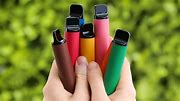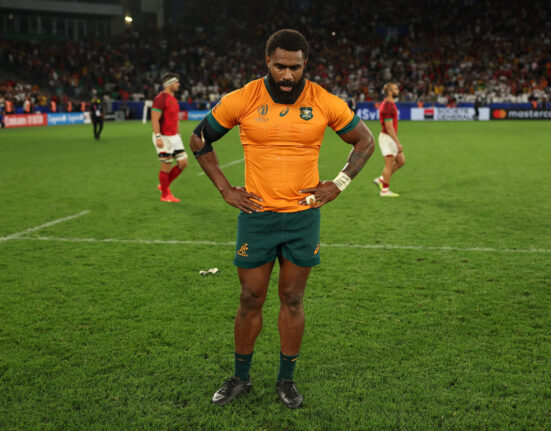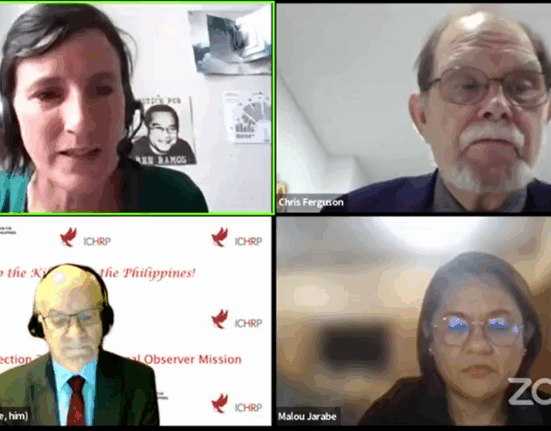In Australia, a significant shift is underway as young adults and high schoolers are discarding illegal vapes due to soaring prices. Health Minister Mark Butler hailed the country’s groundbreaking vape ban, attributing the decline in vaping rates to this legislation.
The prices of illicit fruity-flavored vapes, once available at tobacco and corner stores for around $25, have surged to between $50 and $60 following the vape ban implemented by the Labor government. These products can now only be legally obtained as smoking cessation aids from pharmacies, with strict regulations on importation.
According to reports, officials have intercepted a staggering 8 million illegal vapes at the border, predominantly originating from China under popular brand names like Alibarbar and iGet. The combination of heightened prices, limited supply, and educational campaigns has resulted in a substantial decrease in vaping among young Australians.
“The vaping legislation has really changed the game,”
remarked Alecia Brooks from the Cancer Council. She highlighted how easy access to these products influences young people’s perceptions about their safety. The concerted efforts of media coverage and public awareness campaigns have empowered youths to make healthier choices regarding vaping.
A recent report by the Cancer Council revealed promising insights: 60% of young individuals expressed a desire to quit vaping within the next month—an indication that they are reevaluating its impact on their health and lifestyles. Despite these positive trends, challenges persist in combating illegal tobacco sales driven by criminal gangs seeking profits from vapes.
Health Minister Mark Butler reiterated that eradicating youth vaping remains a top priority for the government. He emphasized the deceptive marketing tactics employed by big tobacco companies to lure youngsters into nicotine addiction under false pretenses of safety compared to traditional smoking.
Anne Ruston, Coalition health spokesperson, criticized delays in cracking down on the black market for vapes while highlighting ongoing challenges posed by illicit tobacco trade. The surge in contraband “chop chop” tobacco has significantly impacted federal excise revenue estimates—a concern addressed through proposed vape taxation reforms.
Both major political parties acknowledge the importance of reducing vaping rates among Australian youth but differ on regulatory approaches. While Labor initially aimed for a complete vape ban before compromising on pharmacy sales under Greens’ pressure, Coalition advocates for taxed regulation akin to other countries’ frameworks.
As Australia navigates this evolving landscape of smoking alternatives and public health priorities, stakeholders continue grappling with balancing industry regulations against organized crime infiltration within the nicotine product market segment.









Leave feedback about this